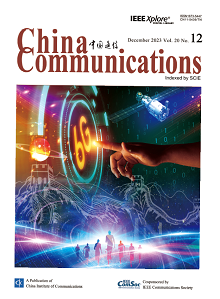EMERGING TECHNOLOGIES & APPLICATIONS
Haihua Chen, Jingyao Zhang, Bin Jiang, Xuerong Cui, Rongrong Zhou, Yucheng Zhang
Due to the complex and changeable environment under water, the performance of traditional DOA estimation algorithms based on mathematical model, such as MUSIC, ESPRIT, etc., degrades greatly or even some mistakes can be made because of the mismatch between algorithm model and actual environment model. In addition, the neural network has the ability of generalization and mapping, it can consider the noise, transmission channel inconsistency and other factors of the objective environment. Therefore, this paper utilizes Back Propagation (BP) neural network as the basic framework of underwater DOA estimation. Furthermore, in order to improve the performance of DOA estimation of BP neural network, the following three improvements are proposed. (1) Aiming at the problem that the weight and threshold of traditional BP neural network converge slowly and easily fall into the local optimal value in the iterative process, PSO-BP-NN based on optimized particle swarm optimization (PSO) algorithm is proposed. (2) The Higher-order cumulant of the received signal is utilized to establish the training model. (3) A BP neural network training method for arbitrary number of sources is proposed. Finally, the effectiveness of the proposed algorithm is proved by comparing with the state-of-the-art algorithms and MUSIC algorithm.
